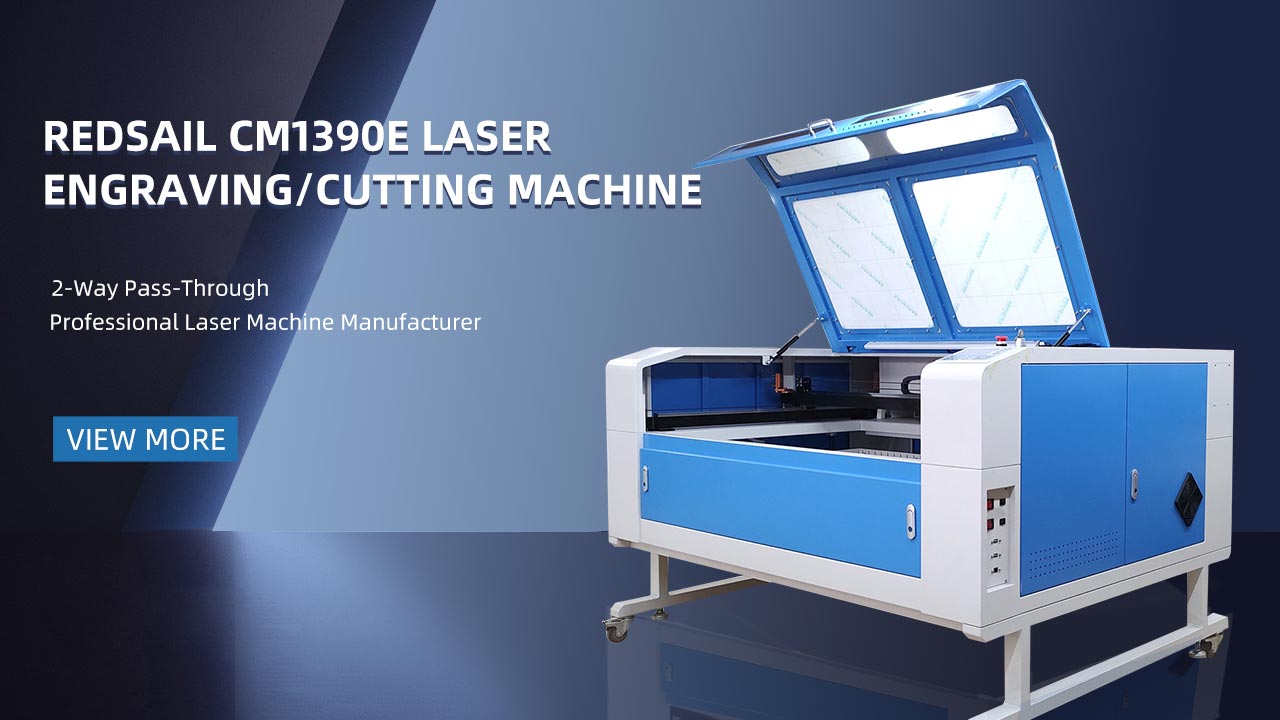Can a Laser Cutting Machine Cut Both Wood and Metal?
When it comes to precision cutting, laser technology has revolutionized various industries. A laser cutting machine employs a concentrated beam of light to cut through materials with exceptional accuracy and speed. But can a laser cutting machine effectively cut both wood and metal? Let’s delve deeper into this question and explore the capabilities and limitations of laser cutting machines.
The Basics of Laser Cutting Machines
Laser cutting machines utilize a high-power laser beam to slice through materials. The laser beam is generated by a laser resonator and then directed through mirrors and focal lenses to focus the energy on a specific point. This localized heat melts or vaporizes the material, creating precise cuts along the programmed path.
Can a Laser Cutting Machine Cut Wood?
Yes, a laser cutting machine can effectively cut wood. Wood is a popular material in various industries, such as woodworking and furniture manufacturing. Laser cutting machines can easily cut through different types of wood, including plywood, MDF (medium-density fiberboard), veneer, and solid wood. The laser beam provides clean, precise cuts that leave smooth edges on the wood, eliminating the need for post-cutting sanding or finishing.
Moreover, laser cutting machines are ideal for intricate wood designs and patterns. These machines can accurately reproduce detailed patterns, intricate shapes, and even engravings on wooden surfaces. This makes laser cutting machines highly versatile and suitable for applications such as custom furniture, wooden gifts, and decorative items.
Can a Laser Cutting Machine Cut Metal?
Yes, a laser cutting machine can cut through various types of metal as well. Metal cutting with lasers is a popular choice in industries like aerospace, automotive, and jewelry manufacturing. However, the process of cutting metals with a laser is slightly different from cutting wood.
Metals absorb the laser energy differently than wood. Laser cutting machines designed specifically for metal cutting employ a higher-power laser beam to overcome the reflective properties of metals. The laser energy vaporizes or melts the metal, which is then blown away by assist gases, such as nitrogen or oxygen. This process creates a clean, precise cut with minimal heat-affected zones.
It’s important to note that different metals have different laser cutting requirements. For example, carbon steel is relatively easy to cut with a laser, while aluminum and stainless steel may require more laser power due to their higher reflectivity. Specialized lasers, such as fiber lasers, are designed to efficiently cut through a wide range of metal materials.
The Limitations and Considerations
While laser cutting machines are highly versatile, there are a few limitations and considerations to keep in mind:
Material Thickness:
The maximum thickness a laser cutting machine can handle depends on the power and type of laser used. Thicker materials may require multiple passes or alternative cutting methods.
Material Compatibility:
Not all materials can be effectively cut with laser technology. Some materials, such as PVC and certain types of glass, release toxic fumes when laser cut. Other materials, like reflective surfaces and mirrored acrylic, may interfere with the laser beam.
Accuracy and Precision:
Laser cutting machines offer exceptional precision, but achieving the desired accuracy depends on several factors, including the quality of the machine, programming, and operator expertise.
Operating Costs:
Operating a laser cutting machine requires electricity, assist gases, and maintenance. These costs should be taken into account when considering the feasibility of laser cutting.
FAQs (Frequently Asked Questions)
1. Is laser cutting safe for operators?
Yes, laser cutting machines are designed with safety features to protect operators. However, proper training, adherence to safety protocols, and the use of personal protective equipment (PPE) are essential to ensure operator safety when working with laser cutting machines.
2. Can laser cutting machines engrave materials?
Yes, many laser cutting machines can also perform engraving tasks. By adjusting the laser power and speed, you can achieve various engraving effects on materials like wood, plastic, and even metal.
3. How long does it take to cut materials with a laser cutting machine?
The cutting speed depends on various factors, such as the type of material, its thickness, and the laser machine’s power. Laser cutting machines can typically cut through materials at high speeds, allowing for efficient production in industrial settings.
4. Are laser cutting machines cost-effective?
Laser cutting machines are considered cost-effective due to their efficiency, accuracy, and the ability to handle a wide range of materials. However, the initial investment cost, operating expenses, and maintenance should be carefully evaluated to determine the overall cost-effectiveness for specific applications and business needs.
5. Can a laser cutting machine be used for prototyping?
Yes, laser cutting machines are commonly used for prototyping purposes. Their ability to quickly and accurately cut intricate shapes allows for the production of prototypes that closely resemble the final product. This reduces time and costs associated with traditional prototyping methods.
6. Are there any environmental considerations when using a laser cutting machine?
While laser cutting machines are generally energy-efficient, they produce fumes and gases during the cutting process. Proper ventilation and filtration systems should be in place to maintain a safe and clean working environment.
In conclusion, laser cutting machines are capable of cutting both wood and metal with exceptional precision and speed. Whether you’re in the woodworking, metalworking, or manufacturing industry, investing in a laser cutting machine can greatly enhance your production capabilities and open up new possibilities for intricate designs and customization.





